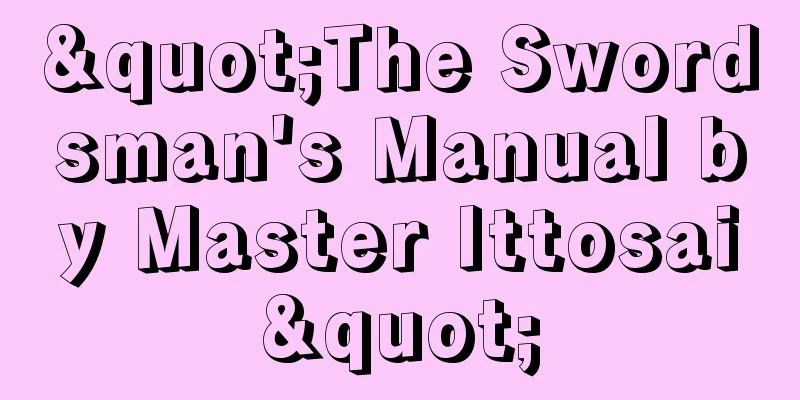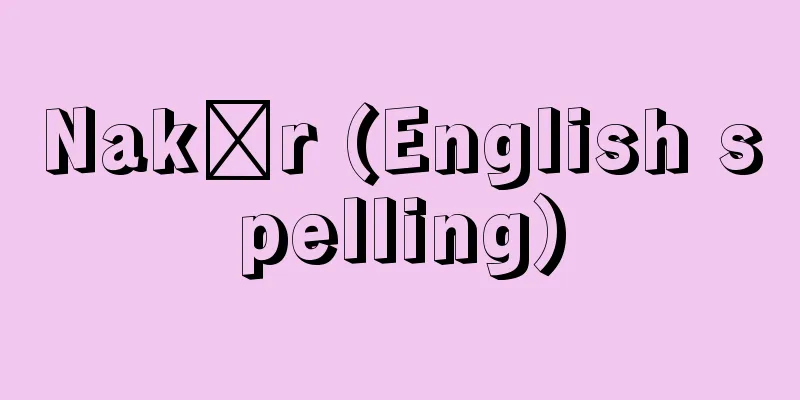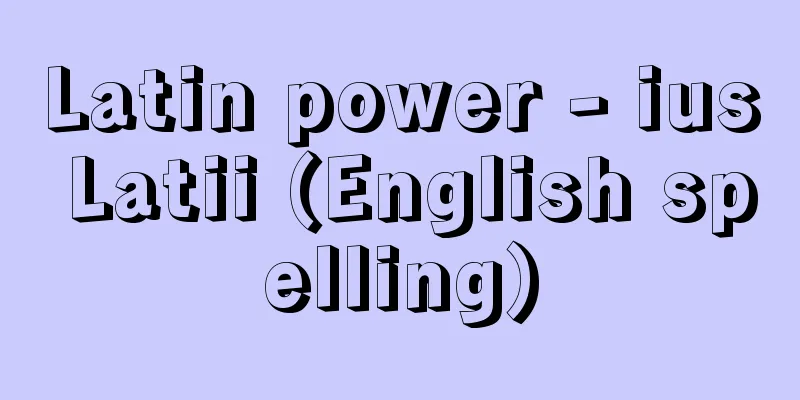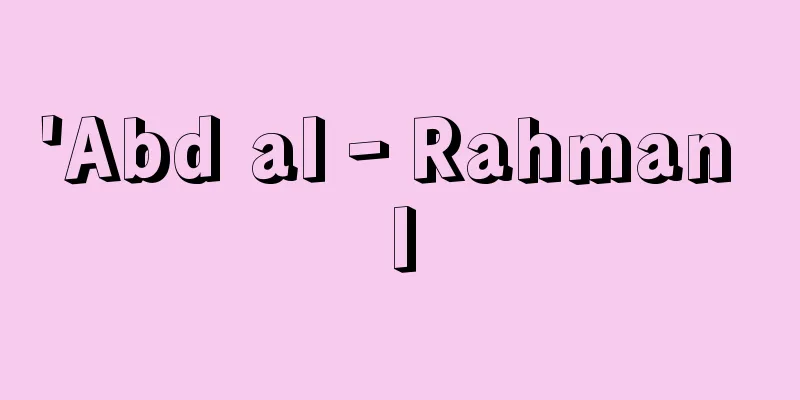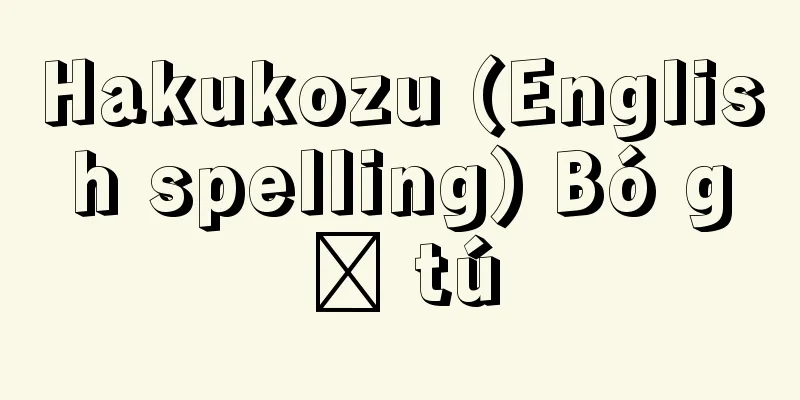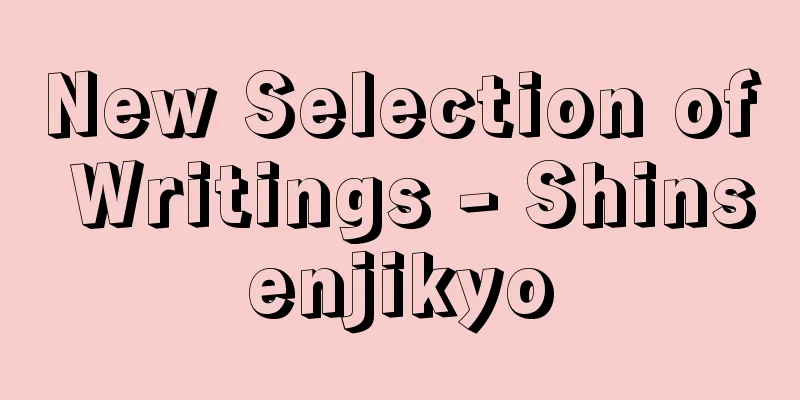Idioms - Kanyoku

|
An expression in which two or more words are always used in conjunction with one another to express a specific meaning as a whole. This includes proverbs and aphorisms such as "Do not adjust your hat under the plum tree" and "Time flies like an arrow," as well as simply idiomatic expressions such as "squeeze the oil" and "put down one's hands." Idioms express a fixed meaning as a whole phrase, so they must not be misused. For example, if you say "mono koto ga tsuku" (at a certain point), instead of "mono koto ga tsuku" (at a certain point), it will not make sense. You must be especially careful not to make mistakes with idioms that have no other expressions, such as "delighted," "without a moment's hesitation," and "unable to express oneself." Many of the meanings expressed by idioms are metaphorical. For example, "Like a frog, like a frog" has a metaphorical meaning of "A child cannot become more than his parent," while "My chin dries up" has a metaphorical meaning of "My income stops and I can't eat." Idioms were originally born as fresh, witty, and catchy expressions, but as they became popular and were used repeatedly, they became hollow. Therefore, when we come across idioms, we only feel that they are habitual expressions, and we rarely feel any fresh or concrete image in them. However, if we look at them from a different perspective, idioms can be said to be outstanding expressions that have stood the test of time, compared to other expressions that disappeared after a single use without remaining to the present day. Such expressions clearly express the wisdom and ideas of a nation over a long period of time. For example, when you look at phrases like "Katsuobushi for a cat," "Koban for a cat," "A cat's forehead," "I'd like to ask for a helping hand," "Every cat is trying," and "Pretending to be a cat," you can see how much cats have infiltrated our lives and how we have perceived them. Idioms are also a great way to explore the lifestyles, tendencies, and ideas of various ethnic groups. [Yamaguchi Nakami] [Supplementary Material] |Source: Shogakukan Encyclopedia Nipponica About Encyclopedia Nipponica Information | Legend |
|
二つ以上の語が、つねに結び付いて用いられ、全体である特定の意味を表すようになった表現。「李下(りか)に冠を正さず」「光陰矢のごとし」といった諺(ことわざ)や格言をはじめとして、「油を絞る」「手を下す」といった単なる慣用的な言い回しまでを含む。 慣用句は、句全体で固定した意味を表しているのであるから言い誤ってはならない。たとえば、「物心がつく」というべきところを、「物心をもつ」と言い誤ると、意味をなさなくなる。「悦に入(い)る」「間髪を入れず」「得(え)も言われぬ」などのごとく、こうした表現以外に言い回しのない慣用句では、とくに間違えないように注意しなければならない。 慣用句の表す意味は、その多くが比喩(ひゆ)的なものである。「蛙(かえる)の子は蛙」という慣用句で、「子供は親以上にはなれない」といった比喩的な意味を、「あごが干上がる」で、「収入がとだえて食べられなくなる」といった比喩的な意味を表すというぐあいである。慣用句は、もともとは気のきいた語呂(ごろ)のよい新鮮な言い回しとして誕生したものであったが、それが一般に受けて繰り返し使用されているうちに形骸(けいがい)化してしまった表現である。したがって、われわれは慣用句に接しても、単なる習慣的な言い回しと感じるだけで、そこに新鮮で具体的なイメージを感じたりすることはほとんどない。しかし、慣用句は、見方を変えれば、現在まで残ることなく1回限りで消えてしまった他の表現に比べて、長い年月に耐ええた卓越した表現であるともいえる。このような表現には、その民族の長い間の知恵や発想が如実に表されている。たとえば、「猫にかつお節」「猫に小判」「猫の額(ひたい)」「猫の手も借りたい」「猫も杓子(しゃくし)も」「猫をかぶる」などと並べてみると、われわれの生活にいかに猫が入り込み、われわれが猫をどうとらえていたかがわかる。慣用句は各民族の生活・性向・発想を探るかっこうの材料ともなる。 [山口仲美] [補完資料] |出典 小学館 日本大百科全書(ニッポニカ)日本大百科全書(ニッポニカ)について 情報 | 凡例 |
<<: Tolerance source - Kanyogen
>>: Idiomatic pronunciation - Kanyo-on
Recommend
Kanoko - Kanoko
This refers to Kanoko mochi (rice cake with kanok...
Gavia stellata (English spelling) Gaviastellata
...After rising into the air, they stretch their ...
Co-compression labor pains
...However, irregular and weak uterine contractio...
Nishisenboku [town] - Nishisenboku
This old town in Senboku-gun occupies the middle r...
Estheria
...A small freshwater crustacean with a shell sim...
Emperor Goshirakawa
The 77th Emperor (reigned 1155-58). His given nam...
Viadana, L.da (English spelling) ViadanaLda
...there were two series: the chamber sonata, bas...
Stated capital
…Therefore, the amount of capital of a private co...
Stellar interferometer
A device for measuring the apparent diameter (app...
plant growth regulator
...The term "plant regulator" is used t...
Bembo, Pietro
Born: May 20, 1470, Venice Died January 18, 1547. ...
Toyuk Caves - Toyuk Caves
A Buddhist cave temple in Shanshan County, Xinjian...
Masayuki Inaba
1640-1716 A daimyo from the early to mid-Edo peri...
Steward, FC (English spelling) StewardFC
...This phenomenon is also seen in adults that ha...
Lamb, WE (English spelling) LambWE
…In 1947, American physicists Willis Eugene Lamb ...
![Iwaki [town] - Iwaki](/upload/images/67caf45b42406.webp)

